Life’s been moving faster than a hanging curveball in extra innings lately. Between prepping coverage for T.H.E. Show New York, recovering from hernia and abdominal surgery, and spending far too many nights buried in new gear, I’ve been running on caffeine, scar tissue, and stubbornness.
The Meze Audio 99 Classics 2nd Generation landed on my desk like a postcard from Baia Mare—another reminder that Romania still knows how to make wood sing. Add to that the upcoming Violectric HPA V324 headphone amplifier—hopefully arriving soon after a killer demo at T.H.E. Show NYC—and you’ve got German precision to balance out the romance of walnut and brass.
And then there’s Popori Acoustics from Hungary—building electrostatic loudspeakers so delicate they could probably pick up the sound of my stitches popping during the 14th inning. Because yes, I watched all 18 innings of that World Series marathon. As a lifelong Toronto Blue Jays fan, I’m used to heartbreak disguised as hope. Bosch would understand and is probably still cursing Trey Yesavage under his breath.
Welcome to another Editor’s Round-Up—equal parts hi-fi obsession, surgical recovery, and a dash of that “Da Dodgers looooose” energy (but let’s not jinx it just yet). Because if there’s one thing I’ve learned between stitches and 18-inning heartbreaks, it’s that both baseball and high-end audio demand equal parts patience, pain tolerance, and faith in impossible comebacks.
Antonio Meze Strikes Again: The 99 Classics 2nd Gen Prove Wood, Not Plastic, Still Has a Soul

The Meze Audio 99 Classics 2nd Generation isn’t so much a sequel as it is a quiet flex — the kind that tells every over-engineered, app-ridden headphone out there to sit down and stop pretending aluminum equals soul. I’ve said it before: the original 99 Classics blurred the line between nostalgia and modern craftsmanship — walnut, steel, and attitude instead of plastic and marketing fluff.
The 2nd Gen doesn’t chase trends; it just polishes what was already damn near perfect, the way Riggs wipes down his Italian friend before another long night under bad lighting and worse intentions.
And because the man himself doesn’t hide behind press releases or buzzwords, Antonio Meze agreed to sit down with me to talk about the brand’s roots, the evolution of the 99 line, and what it really takes to design headphones that feel more like heirlooms than hardware — something built to outlast fads, firmware, and maybe even a few bad decisions.

eCoustics: How has your design philosophy evolved over the past decade?
Antonio Meze: Our philosophy hasn’t changed in essence. We still design objects meant to be kept, not replaced. What has evolved is the level of refinement in how we translate that idea into real products. Ten years ago, we were focused on proving that craftsmanship and emotion still have a place in audio. Today, we have the experience, the processes, and the team to express those values with greater precision and maturity.
We’ve also learned to see design as a continuous dialogue between art, engineering, and human experience. It’s less about creating something new for novelty’s sake, and more about refining every touchpoint until it feels natural, timeless, and effortless.
eCoustics: What are some of the key things you learned from the most recent Meze designs that have been incorporated in this new design?
Antonio Meze: Each Meze product teaches us something. From the Empyrean and Elite, we learned how to balance technical complexity with ease of use and elegance. From the 109 Pro, we learned how to achieve openness and natural tonality through lightweight engineering.
For the 99 Classics 2nd Generation, we’ve applied those lessons—improving acoustic performance and durability without compromising the emotional essence that made the original so iconic. The materials, mechanics, and acoustic structure are all re-engineered for tighter tolerances and better sound, yet the spirit remains the same: human, warm, and crafted with intention.
eCoustics: How do you keep the price at this level with so much competition from brands manufacturing in Asia and with tariffs constantly shifting?
Antonio Meze: The 99 Classics are engineered and developed right here in Baia Mare, Romania. All the design work, acoustic tuning, and mechanical engineering happen in-house with our own team.
When it comes to manufacturing, we work with a long-term partner in China who produces the parts and handles assembly using our own tooling, materials, and specifications. We’ve built that relationship over many years, so there’s a lot of trust and consistency there.
Once the headphones are completed, our internal team handles the final stage of quality control, where each unit is personally inspected and tested before shipping. We always include at least one team member from Romania in that final QC process to ensure everything meets our standards and delivers the level of quality our clients expect.
This setup lets us get the best of both worlds: the efficiency of modern production and the craftsmanship and attention to detail people expect from Meze. That’s how we’re able to keep the 99 Classics at a price that feels fair—our customers still get the same level of design integrity and quality we’d put into a much more expensive headphone.

eCoustics: Do you think the high-end headphone market has reached a point of over-saturation where brands are having a hard time differentiating themselves?
Antonio Meze: Yes, and that’s exactly why we exist. Most brands today compete on specs, materials, or driver technology. That arms race leads to sameness. Our approach is different—we design for emotional connection. The product has to make you feel something before you even hit play.
Differentiation doesn’t come from adding features; it comes from authenticity and a clear sense of who you are and why you build what you build. That’s what keeps Meze distinct in a crowded field.
eCoustics: Can we expect to see a wireless version of these?
Antonio Meze: Not in the near future—we’re still pretty hung up on wires, pun intended.
eCoustics: What are some of your favorite dongle DAC or headphone amp combinations with these new headphones and the more affordable models in the lineup?
Antonio Meze: The 99 Classics 2nd Gen pairs nicely with the dongle DAC included in the package, and we’ve had people tell us they enjoy using them with their phones or tablets. Of course, if you want to step up, the FiiO K11 R2R or Schiit Audio Asgard X are great options. For a little more flavor, you can pair them with a tube amp—and there, the options are endless.
In a world where too many “new” headphones feel like reheated leftovers with Bluetooth slapped on top, Meze keeps proving that timeless design and human touch still matter. The 99 Classics 2nd Gen isn’t chasing anyone—it’s quietly reminding the industry that refinement beats reinvention every time.
If you want specs and sound impressions, we’ve got those covered too—head over to our latest news and full review coverage to see how the 99 Classics 2nd Gen stacks up in the real world.
Violectric HPA V324 Headphone Amplifier: Proof That Not All German Hi-Fi Is Sterile, or Wearing a Lab Coat

When you think German hi-fi, “dark, rich, and full of soul” probably isn’t the first thing that comes to mind. Precision? Absolutely. Engineering that could survive a small war? Without question. But emotional warmth? Not so much. Brands like Clearaudio, Burmester, and Sennheiser are legendary for a reason — they’re built like Leopard tanks and tuned with surgical precision — but nobody’s ever accused them of throwing a party.
They’re the audio equivalent of a well-tailored black suit: flawless, imposing, and just a little too serious. Leave the dolce vita to the Italians — the Germans are here to remind you that joy should be measured in THD+N, not smiles per minute.
The Violectric HPA V324 Headphone Amplifier ($2,799 at B&H) isn’t the kind of gear that tries to charm you with flash—it just rolls up its sleeves and gets the job done. eCoustics UK columnist James Fiorucci caught it at CanJam London 2025 and told me it was one of those amps that quietly flew under the radar but demanded attention once you actually listened. “Mandatory,” he said. That’s usually code for stop scrolling and start saving.
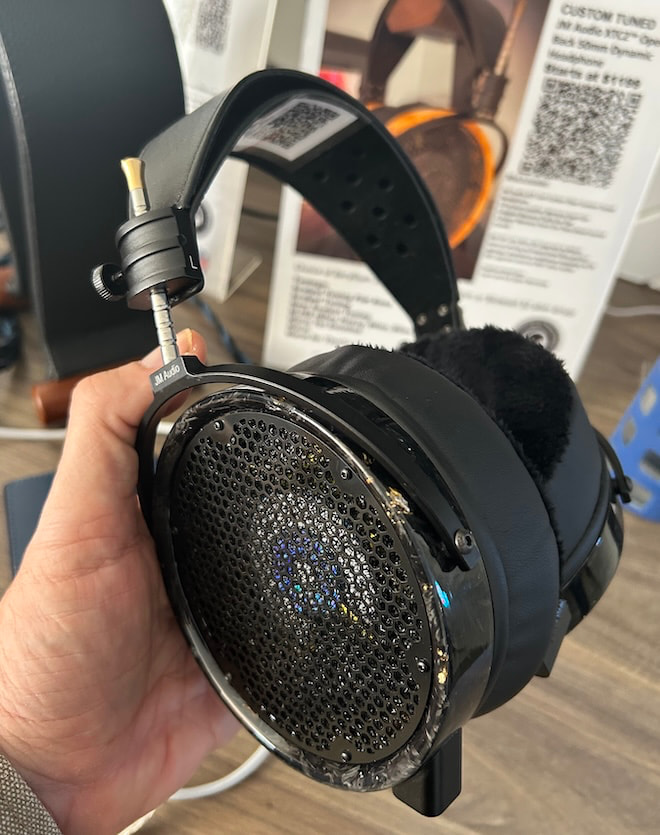
Seeing it resurface at T.H.E. Show New York didn’t shock me—but pairing it with the JM Audio XTC2 headphones out of Long Island was a nice local twist. At $1,099 to $1,699, this is serious kit—no casual listening zone here.
The numbers back it up: 5,000mW into 50 ohms and a massive 21 Vrms into 600 ohms, which means it can drive just about anything short of a toaster. Violectric finally ditched those cursed rear dip switches for gain control, replacing them with a front-mounted barrel adjust that makes dialing in pre-gain feel like a deliberate act instead of a crime scene investigation.
Trying the Violectric HPA V324 with both the open-back and closed-back versions of the JM Audio XTC2, I was struck by how smooth and textured everything sounded. Vocals had weight and presence—full, slightly forward, and refreshingly human. I’ll admit, I wasn’t deeply familiar with the headphones beforehand, and while I know the Head-Fi crowd has its usual grievances, I’m not wading into that particular swamp. I’ve got no dog in that fight. What I do know is they sounded damn good.

The amp itself feels like it was tailor-made for transparent or neutral-leaning headphones—the kind that reward honest amplification. I can already see it pairing beautifully with my Meze Empyrean II and growing collection of Beyerdynamic and Sennheiser cans. And yes, this one’s totally on Will Jennings—he’s the one who got me curious about them in the first place. We’re trying to lock in a review sample before the end of the year.
Popori Acoustics: Baja’s Answer to Electrostatic Perfection—So Transparent You’ll Check If the Speakers Are Even On
Electrostatic loudspeakers have always occupied that strange, glorious space between science experiment and sonic religion — the kind of speakers that make you question what “clarity” really means. When done right, they don’t just reproduce music; they reveal it, peeling back layers until you’re left wondering if the singer’s ghost just moved a chair behind you.
So it feels perfectly fitting that one of the most intriguing modern takes on the format comes from Hungary — a country whose musical DNA runs deep, from Liszt and Bartók to the raw folk traditions that shaped Europe’s sound. Enter Popori Acoustics, a Baja-based manufacturer proving that Eastern Europe isn’t just about paprika and melancholy violin solos.
We just covered the launch of the Popori Acoustics Vitorla, which made its world premiere at the Warsaw Audio Video Show last weekend — and it’s already set to make its U.S. debut at CAF 2025 in Rockville in just two weeks. But before that happens, T.H.E. Show New York offered a rare chance to hear the smaller Popori WR3 (around $20K USD), and let’s just say it left a mark.

The WR3 immediately brought back memories of the original MartinLogan Sequel II — if you stripped away the woofer and bottom section and let the panel do all the talking. And talk it did. It’s a stunning loudspeaker, visually and sonically, though trying to contain a pair of full-range electrostatics in a New York hotel room roughly the size of a walk-in closet was… ambitious.
The system was powered by Atma-Sphere electronics, including their new Class D monoblocks built around GaNFET output devices — cool-running, brutally clean, and surprisingly musical for something that could probably power a subway car in Mamdani’s fantasy version of Gotham.
The sound? Ethereal, detailed, but seriously held back by the room. Most large-panel electrostatic demos from four feet away are rarely wins — it’s like judging a symphony from the orchestra pit. Still, even in those cramped hotel-room conditions, you could tell there’s a lot more waiting to be unleashed. The WR3 hinted at that addictive electrostatic magic — the kind that makes you forget about specs, placement, or physics and just lean in.
We’re hoping to line up a full review in Q1 2026, this time in a room big enough to let the panels breathe — something with actual oxygen and not just recycled HVAC air. The plan is to pair the Popori WR3 with a set of REL or SVS subwoofers to give those ethereal panels some low-end muscle.
The Price of World Series Dreams: Blue Jays Hope Springs Eternal (and Expensive)
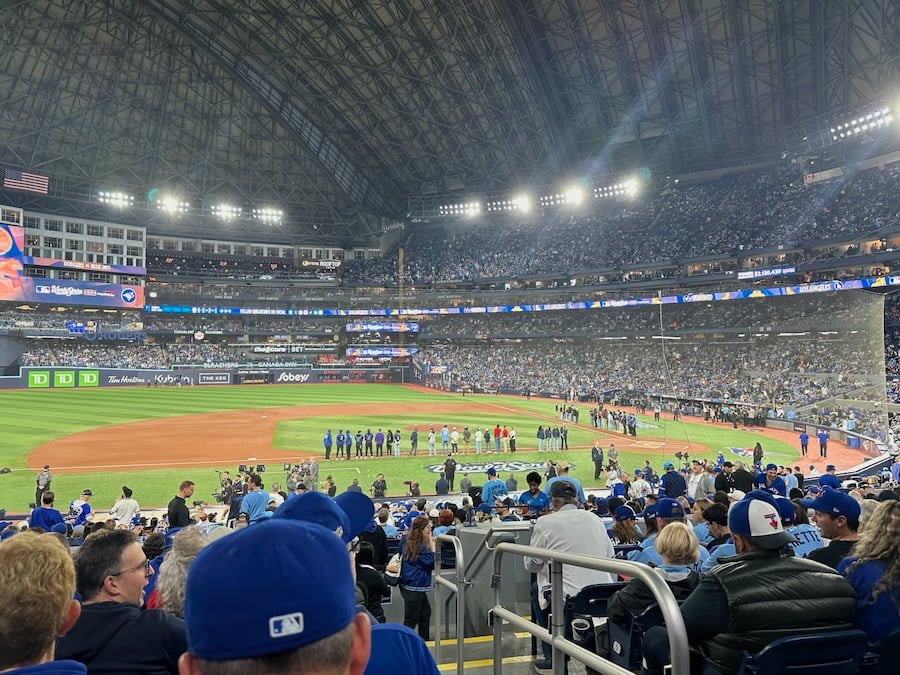
Being born and raised in Toronto does strange things to your psyche — it hardwires you somewhere between realist and sadist when it comes to sports. You learn early that hope is dangerous, joy is fleeting, and that the Maple Leafs haven’t won a damn thing in 58 years (and spoiler: they won’t this year either). The Raptors gave us one glorious title before returning to purgatory, and the Argos have snagged 19 Grey Cups, which is basically Canada’s version of the Super Bowl — if the Super Bowl aired exclusively on public access and nobody cared.
But somehow, the Blue Jays — my Blue Jays, since Opening Day in 1977, have clawed their way to a 3–3 World Series with the Dodgers. Game 7 is tonight, and I’m one pitch away from cardiac arrest. Sure, we still cling to those ’92 and ’93 titles like they happened last week instead of when Nirvana was still on the charts, but this run feels different — miraculous, even.
And yet, the real heartbreak isn’t on the field — it’s at the box office. I could’ve gone to Games 1 and 2 in Toronto, but dropping nearly $5K on tickets felt like an upper-deck punch to the gut. Watching my family gleefully torch $10K for their seats made me both jealous and deeply aware of my own hypocrisy. After all, this is coming from the same guy who’ll tell you to drop $30K on an Aavik network streamer without blinking. Turns out the real “price of World Series dreams” isn’t heartbreak — it’s the service fee.

At the end of the day, what we’re all really buying — or chasing — are experiences. Some of them, like the Meze Audio 99 Classics 2nd Generation, are actually attainable: beautifully built, built to last, and capable of delivering the kind of emotional connection that outlives trends, firmware, and the next “Pro” version.
Others — like watching Vladdy Guerrero Jr. launch one off the hotel windows in center field, or Trey Yesavage making Shohei Ohtani corkscrew himself into the dirt with that evil splitter at Chavez Ravine — cost about as much as an overpriced Ethernet cable from a company you’ll never find again once the charge clears.
It’s all relative. You decide which experience is worth it — the one that fades in a night or the one that keeps echoing in your head years later. As for me? I know my choice. Headphones on. Lights off. 75-inch TV blazing. Here’s hoping the Blue Jays sear a little history into my brain — before reality inevitably comes knocking.
Related Reading:
- The Best Desktop DACs And Headphone Amps From CanJam London 2025
- Network Amps, Wireless Headphones, Lossless Spotify – And Hollywood Still Pretending It’s Relevant – Editor’s Round-Up
- Cambridge Audio Joins Spotify Lossless Push, JLab Expands With JBuds Open & Epic Pods, And Nothing Launches Ear (3): Editor’s Round-Up
- Audio Group Denmark Brings Danish Audio Supremacy To New Jersey: T.H.E. Show New York 2025

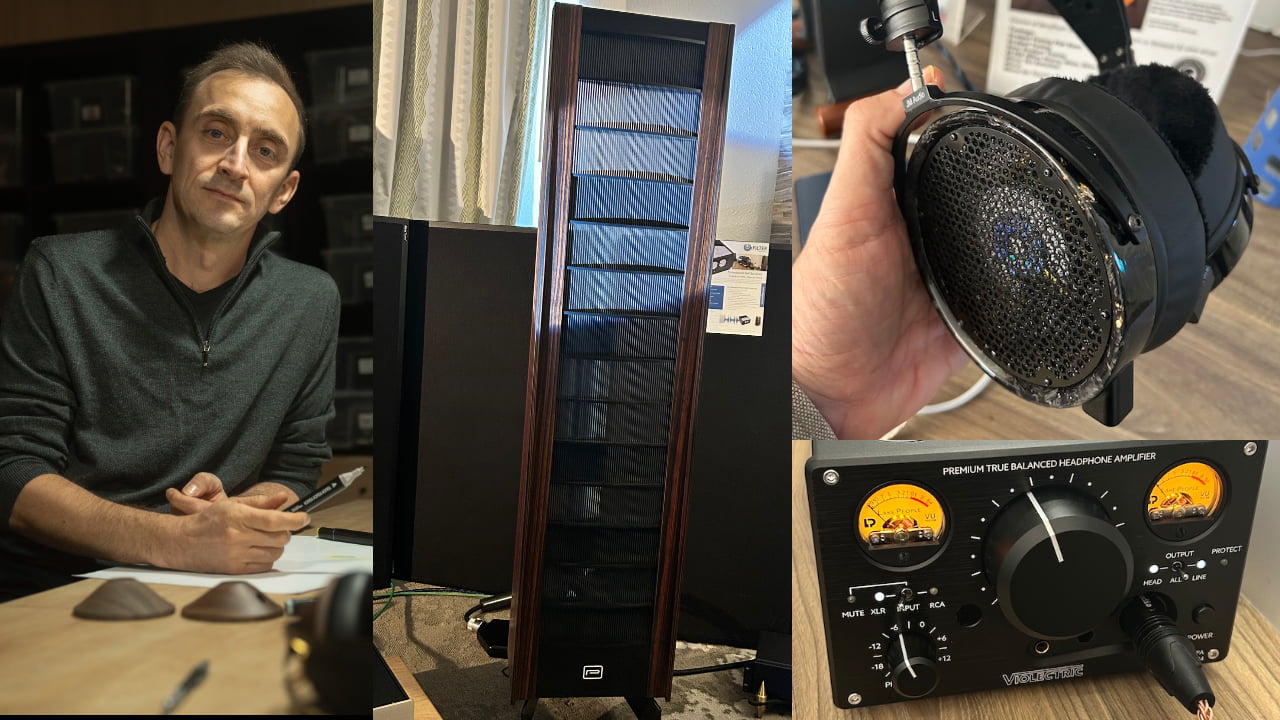

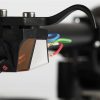
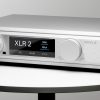

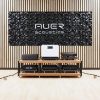
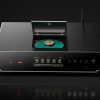
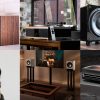


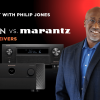
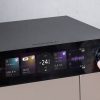












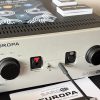

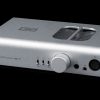
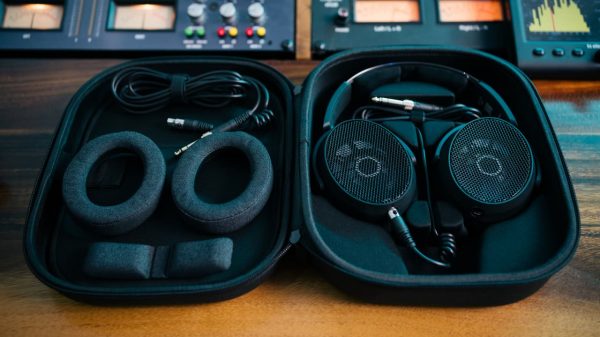
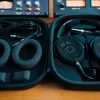


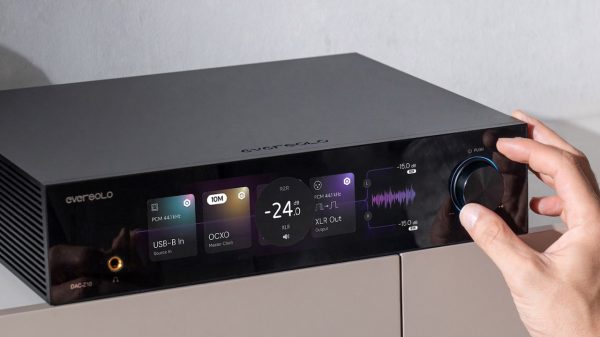











Asa
November 2, 2025 at 4:43 pm
I think you just pushed me over the edge towards Meze. It’s always good to see the face(s) behind the brands and the meticulous design and engineering that go into a product. Like any business owner or person that creates for a living, you end up being the product.
Sorry about your Jays…game 7 was a heartbreak. Was pulling for them and thought they had it with the perfect finale at home. I’m not huge baseball fan, but the series had something for everyone. Go Jays (and Mariners)!
Ian White
November 3, 2025 at 1:03 am
Asa,
One of the best groups of people I’ve met in my 28 years in this rather crazy industry. I tend to put my money where my mouth is. I own 5 of their headphones. Use them as my benchmark.
It was a rough day for Blue Jays fans. I’ve been a fan since 1977 (experienced 1985, 1987, and 1992 in person) and yesterday was truly hard to take. the bullpen has been a problem for awhile and this was definitely winnable. Had this been Tom Henke or Duane Ward…Jays win without question. None of those Dodgers even get on base or swing at anything they could hit. Kirk and Varsho picked a bad time to get cold. Clement and Barger were tremendous. Vladdy was out of this world. Springer? Guy played hurt.
It will sting for many years if they don’t get back there and win.
Mariners put up one helluva fight. Better than the Dodgers.
IW